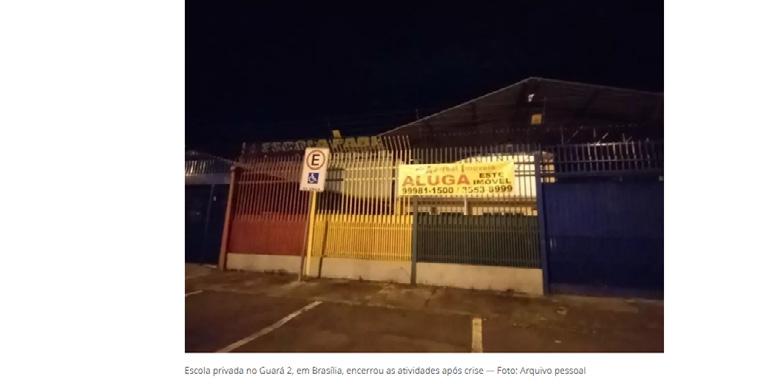
1 minute read
Screening and Encouragement for Infant Development (TEDI)
Created using the validation of the “Survey of Well-being of Young Children” (SWYC) instrument for Brazil, the app provides support for health care professionals in screening and encouraging infant development as a means of complementing the monitoring performed using the ‘Caderneta da Criança’ (‘Children’s Booklet’). Following the development cycle, in 2022, the Federal University of Minas Gerais (UFMG), with support from the Foundation and the Ministry of Health, undertook a study on the effectiveness of this new technology.
From March to September, 78 primary health care professionals from the municipalities of Castanhal (PA), Tanhaçu (BA), Campo Grande (MS), Brumadinho (MG), Juatuba (MG) and Porto Alegre (RS) received academic and practical training for the use of the ‘Caderneta da Criança and ‘TEDI’. They were certified as multipliers in order to be able to expand the monitoring of the development in the systems operating in these locations. As part of this process, 1,373 children were monitored using the app.
Presented to the Ministry of Health, the results provided data that were extremely important in relation to the experience in using the app, such as the assessment of the TEDI user experience amongst professionals and the increase in the use of the monitoring instrument of the ‘Caderneta da Criança’.
The new technology also allowed for an increase in systematic assessment in the consultations provided to monitor children’s health, with greater use of the instruments designed specifically for screening the alterations in development and behavior. Furthermore, there was an increase in the number of children experiencing development delays being sent to pediatricians, professionals forming part of the multiprofessional team, the Family Health Care Support Center (NASF), or other specialists.
The free app and its web version were tested and made available for use by professionals and can be accessed here. A version adapted for use by professionals in other areas is under development.









